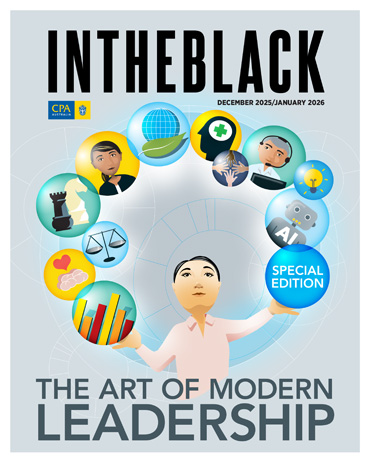Loading component...
At a glance
When everyone is busy at work, no one wants to waste time. However, some days we spend hours sitting in back-to-back meetings and responding to incoming emails and messages rather than focusing on our priorities.
Louise Gilbert, author of Make Work Work for You, describes these constant interruptions as “work whiplash”.
“It’s where we need to defend ourselves from the state of switching tasks constantly,” she explains.
“When people are constantly forced to switch from one task to focus on something else, they lose concentration, and that damages productivity. It also impacts their energy and performance and stops them from entering the flow state that is required for deep work.”
So, what can we do to prevent interruptions from derailing our workday?
1. Make meetings more efficient
One of the most common disruptions at work is badly run meetings, says workplace expert Dr Michelle Gibbings.
“You can spend your day in back-to-back meetings, and, if they're badly run, get to the end of the day and realise you still have an untouched to-do list. You feel like you haven’t achieved anything,” she says.
A drag on productivity in the workplace, these meetings can start late, lack a clear purpose or agenda, or may not be well-chaired. Also, not all meetings are important or require the whole team to attend.
To help distinguish between essential and non-essential meetings, Dr Gibbings recommends approaching each meeting with the same list of questions: “What's the agenda? Why are we here? Do we have the right people in the room? Is this a meeting for discussion or a meeting for decision?”
If these questions lack clear answers, Dr Gibbings says it is permissible to push back on the organiser or ask for an agenda.
She believes it is reasonable to say: “I'm not turning up to the meeting unless there's a clear purpose and agenda, and if there's pre-work that needs to be done, I need 24 or 48 hours – whatever that period is – to ensure that I'm ready.”
If no agenda is forthcoming, Dr Gibbings says it is fair to ask for more information – even if the meeting organiser is in a senior position.
“You could say, ‘I’ve noticed this meeting has dropped into my diary. I’m looking forward to it, but to make sure I'm prepared, can you give me a little more background as to the purpose of the meeting and what you're expecting from me?”
Gilbert also recommends adopting a more strategic and disciplined approach to meetings.
“Meetings need a makeover,” she says. “We need to be really deliberate and intentional around why we're having the meeting and who's coming.”
Gilbert has devised a model to help identify the purpose of meetings.
“Meetings fall into three categories. They can be about direction, they can be about discovery or about dynamics,” she says.
“We need to structure our meetings effectively around one of those three Ds.”
Length is another consideration. A daily stand-up meeting or a brief consensus check might only need to take 10 minutes. It is not necessary to conform to the timings set by our e-calendars.
“Meetings often default to 30 or 60 minutes, but sometimes they don't need to be that length,” she says. “We need to remember that we don't need to stick to those rigid norms.”
2. Avoid email ping-pong
Another time waster is what Dr Gibbings calls “email ping-pong”.
“We're not using email as effectively as we could,” she says. “We're emailing rather than stepping into the challenging conversation or we’re emailing to get the issue off our desk.”
To make email communication more efficient, Dr Gibbings recommends clearly stating if the email requires action or is time-sensitive in the subject line.
In addition, limit checking emails to set periods during the day – for example, once in the morning and again in the evening. And let the team know to make contact via telephone or text message if the matter is urgent.
“I've seen people add a line to the bottom of their email signature saying, ‘I have a quiet email inbox, and I only check my email twice a day. If you need me urgently, please text or call’,” Dr Gibbings says.
3. Set boundaries with colleagues
While some issues are resolved faster with a quick in-person discussion, chatty colleagues can serve as a major source of disruption, particularly in an open-plan office.
Dr Gibbings offers a simple solution: “When someone stops by your desk to talk to you, stand up. It gives the signal that you’re prepared to have a quick chat before sitting back down to work.”
Many might feel justifiably reluctant to take a forthright approach when setting boundaries with colleagues around interruptions in their workday, but Gilbert argues that support from leadership can help normalise these conversations.
“It’s up to leaders to facilitate an environment of psychological safety that enables employees to have conversations about what they need in the workplace to bring out their best,” she says.
“Communicating boundaries is the first step.”
Dr Gibbings agrees with Gilbert that fostering a culture that minimises interruption needs to be a top-down initiative.
“Leaders are critical in modelling the right types of behaviours, and also in creating the right environment where people feel safe to speak up, to challenge, to ask questions and to understand how we work together as a team to run effective meetings and share the load across the organisation.”

